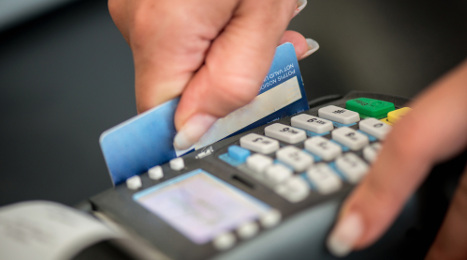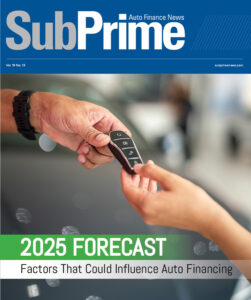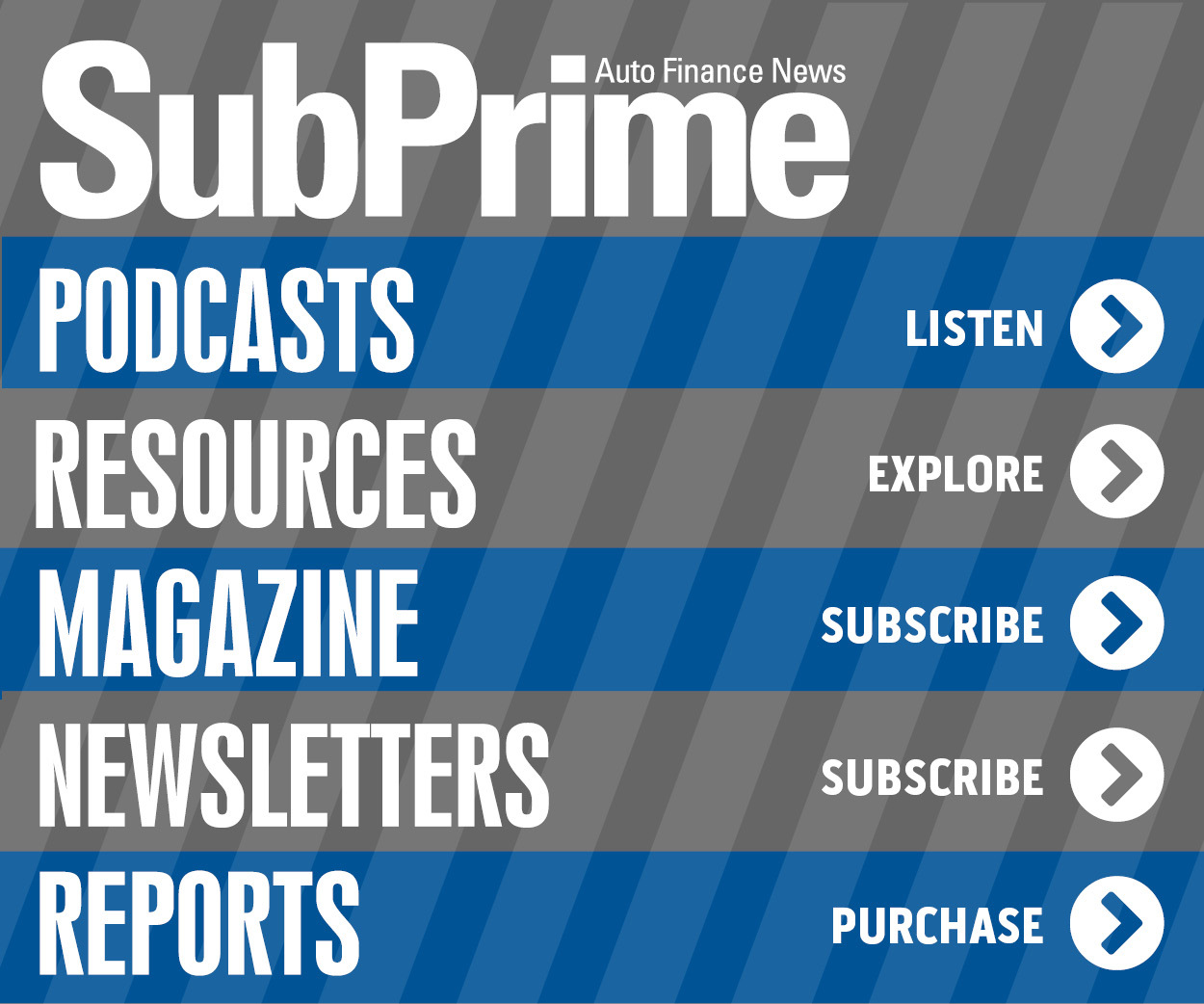Maintaining auto payment no longer top consumer priority

TransUnion discovered that maintaining payments on that vehicle installment contract no longer is the top priority when the holder hits a rough financial patch and has to adjust to being short on monthly income.
When faced with the choice of which debts to pay and which to miss, the latest TransUnion study found that consumers in financial distress tend to prioritize unsecured personal loans ahead of other credit products such as auto financing, mortgages and credit cards. These findings were released during TransUnion’s annual Financial Services Summit, attended by more than 300 senior-level financial services executives from around the globe.
The study incorporates unsecured personal loans for the first time since TransUnion began analyzing the payment hierarchy dynamic in 2010. Beyond personal loans, this most recent analysis is consistent with prior TransUnion studies in finding that consumers have historically prioritized auto finance payments over their mortgages and credit cards, and have done so consistently since at least the beginning of 2004.
“It is quite surprising to us that, for most struggling consumers, unsecured personal loan payments are prioritized over other prominent credit products such as mortgages and auto loans,” said Ezra Becker, senior vice president and head of research for TransUnion’s financial services business unit.
“While personal loans have existed for a long time, recent growth in the number of such loans led us explore this product’s position along the payment spectrum,” Becker continued. “The prioritization of personal loan payments above all others is counterintuitive, but our study results are clear.
“We believe the relatively short duration of these loans — usually less than 30 months — is a key factor in the decision process of consumers,” he went on to say.
Recent TransUnion data show that average term lengths are much shorter for unsecured personal loans. For loans originated in Q4 2016, unsecured personal loans had an average term of 28 months. In this same timeframe, the length of vehicle installment contracts averaged 60 months and mortgages averaged 230 months.
“We conjecture that personal loan borrowers may feel they can get a quick win with these loans even when they are struggling, and there is a clear, near-term end to the obligation — a ‘light at the end of the tunnel,’ in a sense,” said Becker.
“In contrast, auto loans and mortgages have much longer terms, and credit cards have no set end date,” he continued. “Finding an opportunity to pay a debt in full can be a powerful motivator for a struggling consumer.”
Historical payment patterns ‘shocked’ during great recession
Prior to including unsecured personal loans in the payment hierarchy analysis, TransUnion had reviewed payment patterns for auto financing, credit cards and mortgages. Since at least 2004, consumers with auto financing, credit card and mortgage have prioritized their vehicle payments.
Mortgages have traditionally been the second payment made, followed by credit cards.
“Auto loans have traditionally been the prioritized payment because most people need a car to get to and from work, run errands or bring their kids to school or other activities,” said Nidhi Verma, senior director of research and consulting in TransUnion’s financial services business unit.
“The far majority of the population does not live in markets such as downtown New York or Chicago, which have strong public transportation infrastructures. Viable alternatives to owning a car are scarce, hence the need to keep up with auto loan payments,” Verma continued.
Analysts determined this dynamic changed dramatically during the Great Recession as the housing crisis devalued millions of homes. As a result, the payment hierarchy flipped in Q3 2008, with consumers paying their credit cards prior to their mortgages.
“As housing values began crashing in 2007 and 2008, many homeowners found themselves ‘underwater’ on their mortgages, meaning they owed more on their mortgages than the value of their homes. With unemployment sharply rising, a lot of these borrowers began to emphasize their credit card payments, protecting their liquidity as a vehicle to pay their bills or simply to put food on the table,” Verma said.
TransUnion asserted this trend lasted well into the housing market recovery, reverting to the historical norm in Q1 2014.
“The payment hierarchy is complex — the decision process for struggling borrowers is a difficult one,” Becker said. “We confirmed through our study that both the strength of the labor market and housing values continue to be critical drivers of that decision process.
“In addition, the timing of consequences, availability of alternatives and social stigma all play a role,” he continued. “The housing crisis was a shock to the system that we fervently hope was a once-in-a-lifetime occasion.
“Barring another such trauma to the consumer credit market, we believe financially constrained borrowers will tend to pay their personal loans, auto loans, mortgages and credit cards in that order,” Becker concluded.

 View The Latest Edition
View The Latest Edition

